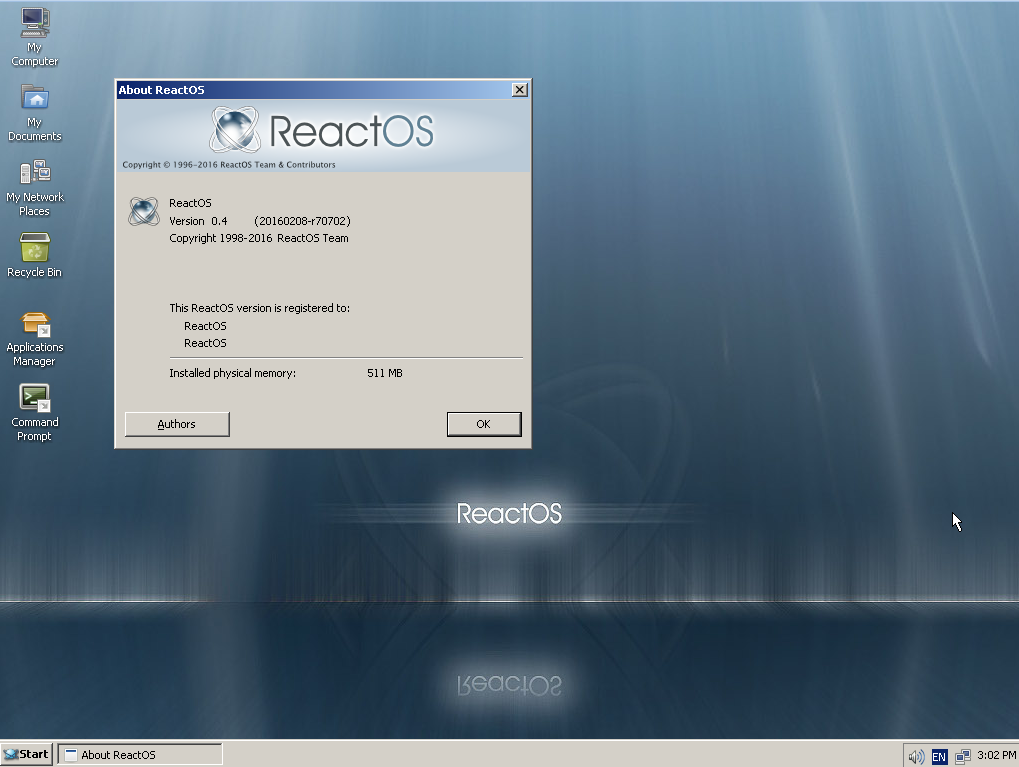I just noticed that PlayOnBSD version 4.2.8 has been added to the FreshPorts repository. It should be allot easier and straight forward for BSD users to play Games and run productivity software on FreeBSD and PC-BSD now. So, if you need to run a Microsoft Windows Game or office application go and install the port and start testing PlayOnBSD and Wine now.
This is the adaptation of PlayOnLinux to FreeBSD. The purpose of this program is to simplify installation of MS Windows software to run under the Windows emulator "Wine". The name indicates, that the program was initially developed to support easy installation of Windows games on Linux. The range of supported applications has long been extended to cover a wide range of windows applications including Microsoft Office. PlayOnFreeBSD behaves significantly different than PlayOnLinux in a number of aspects, e.g. which version of Wine to use (only a single version is normally installed on FreeBSD, but PlayOnLinux tries to run each Windows application in a Wine environment that has previously been reported to give good results and installs missing Wine versions in the user's home directory). Reviewed by: antoine
- playonbsd Easily install and run Windows software for use with wine
4.2.8 emulators=0
- Maintainer: se@FreeBSD.org
Port Added: 18 Feb 2016 13:24:24
Also Listed In: games
License: GPLv3
This is a port of PlayOnLinux to FreeBSD. It allows you to easily install and use numerous games and apps designed to run with Microsoft Windows. The Windows emulation is provided by Wine. WWW: http://www.playonlinux.com/
SVNWeb : Homepage : Distfiles Availability : PortsMon
To install the port:cd /usr/ports/emulators/playonbsd/ && make install clean
To add the package:pkg install playonbsd
PKGNAME: playonbsd
NOTE: FreshPorts displays only information on required and default dependencies. Optional dependencies are not covered.
Runtime dependencies:
- 7z : archivers/p7zip
- bash : shells/bash
- glxinfo : graphics/mesa-demos
- gpg : security/gnupg
- gsed : textproc/gsed
- sudo : security/sudo
- xdg-open : devel/xdg-utils
- xterm : x11/xterm
- wine-gecko>=2.21 : emulators/wine-gecko
- wine-mono-devel>=4.5.6 : emulators/wine-mono-devel
- python2.7 : lang/python27
- wine : emulators/i386-wine-devel
- __init__.py : x11-toolkits/py-wxPython28
Configuration Options
===> The following configuration options are available for playonbsd-4.2.8: GECKO=on: Wine-gecko HTML rendering support MONO=on: Mono bindings or support ===> Use 'make config' to modify these settings
USES:
python:run
FreshPorts PlayonBSD


